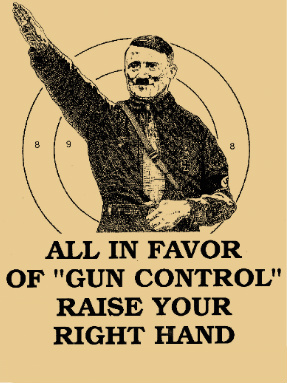Assault Weapons Preserve the Purpose of the Second Amendment
Banning them would gut the concept of an armed citizenry as a final, emergency bulwark against tyranny.
Arguments about guns tend to suffer from two distinct problems. The first — and most obvious — is they quickly get screechy. The arguments devolve into shouting matches and temper tantrums. The goal isn’t to persuade but to mock and bully, as if stigma alone can decisively shift the public debate. The second problem occurs when the debate gets too wonky. Charts and graphs fly across Twitter, as if fundamental questions about liberty and American society can be answered by the right kind of cross-country comparison with Australia, Great Britain, or Switzerland.
When facing the big questions about guns — such as whether America should “ban” an entire category of weapons (such as ‘assault weapons’) — it’s better, I think, to go back to the first principles embodied in the Second Amendment. At its core, the Amendment protects a person’s individual inherent right of self-defense and empowers the collective obligation to defend liberty against state tyranny. As Justice Scalia noted in District of Columbia v. Heller, this concept was fully embedded in the founding generation:
And, of course, what the Stuarts had tried to do to their political enemies, George III had tried to do to the colonists. In the tumultuous decades of the 1760’s and 1770’s, the Crown began to disarm the inhabitants of the most rebellious areas. That provoked polemical reactions by Americans invoking their rights as Englishmen to keep arms.
Any given gun-control measure must be evaluated against the background of those twin purposes. That’s one reason why statements such as “The Second Amendment was only designed to protect muskets” are so ridiculous. Imagine trying to defend your family with a flintlock pistol. The right of self-defense is best understood as a right of effective self-defense, and the tools for effective self-defense will evolve right along with weapon design and development. Any other conclusion leads to absurd results. Consequently, as the Supreme Court held, the amendment protects weapons “in common use at the time.”
Read the rest from David French HERE.







Comments are closed.